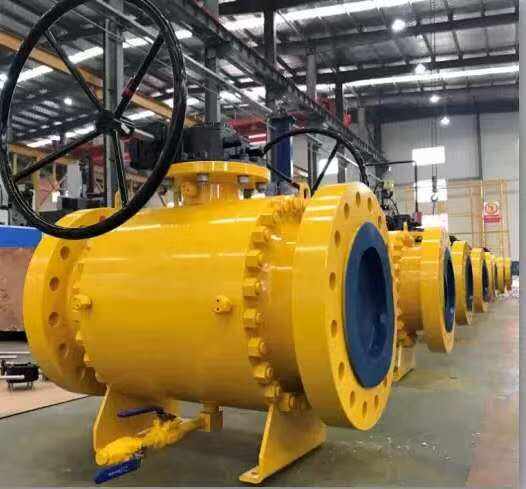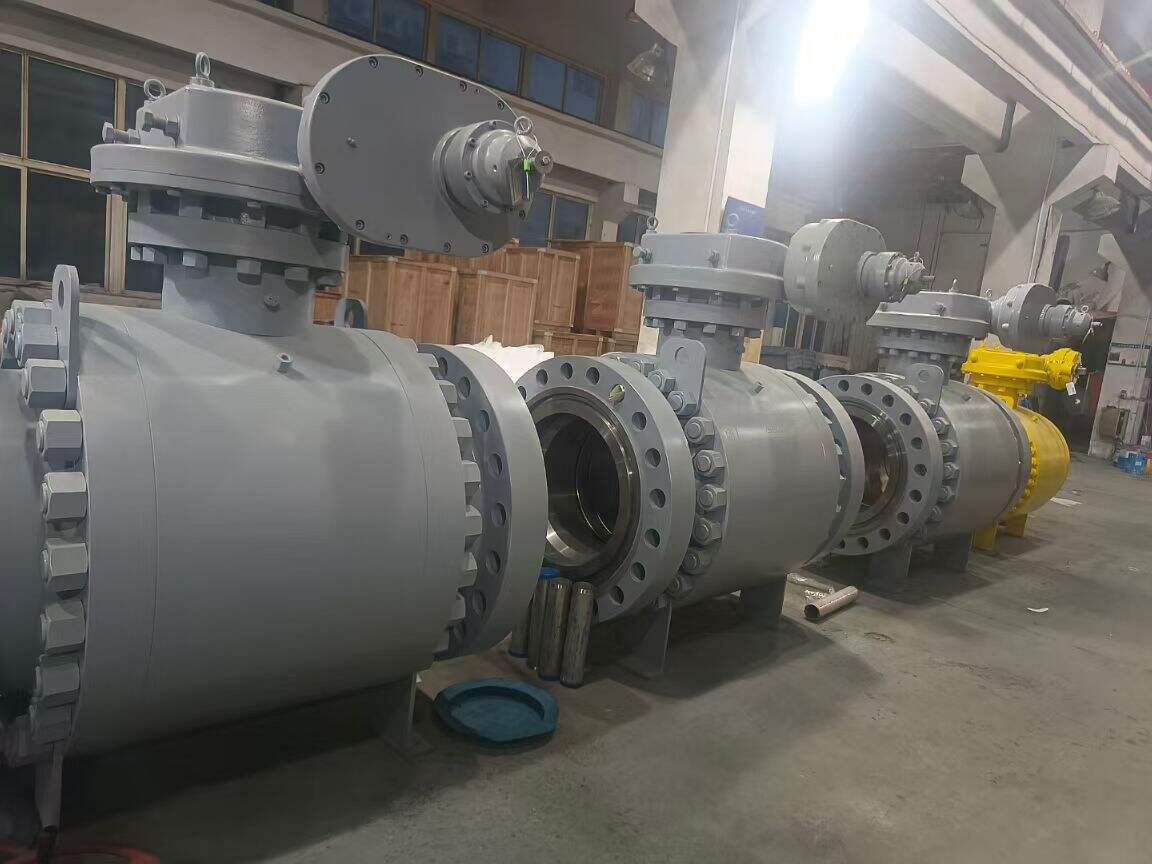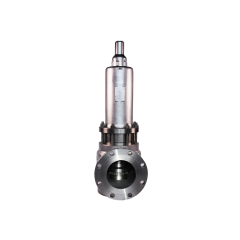trykkavlastningsventil for damp
Dimensjonering av damputløpssikkerhetsventiler er en kritisk ingeniørprosess som sikrer trygg og effektiv drift av dampanlegg i industrielle anlegg. Denne spesialiserte beregningen bestemmer de nøyaktige dimensjonene og spesifikasjonene som er nødvendige for trykkavlastningsventiler for å beskytte damputstyr mot potensielt farlige overtrykkssituasjoner. Prosessen innebærer nøye vurdering av flere faktorer, inkludert maksimalt tillatt arbeidstrykk, nødvendig strømningskapasitet og systemdriftsbetingelser. Ingeniører må ta hensyn til dampegenskaper, trykktapberegninger og ulike sikkerhetsmarginer når de bestemmer passende ventildimensjon. Dimensjoneringmetoden følger vanligvis internasjonale standarder som ASME Section VIII og API RP 520, som gir retningslinjer for korrekt ventilvalg og dimensjonelle krav. Moderne dimensjoneringsteknikker innebærer avanserte beregningsverktøy og programvare som kan simulere ulike driftsscenarier, og dermed sikre optimal ventilfunksjon under ulike forhold. Disse beregningene tar også hensyn til faktorer som baktrykkseffekter, inntakstrykktap og kritiske strømningsforhold, som er avgjørende for å opprettholde systemintegritet og driftssikkerhet. Prosessen krever en grundig forståelse av termodynamikk, væskedynamikk og trykkavlastningsteori for å sikre at den valgte ventilen kan tilstrekkelig beskytte systemet samtidig som driftseffektiviteten opprettholdes.


